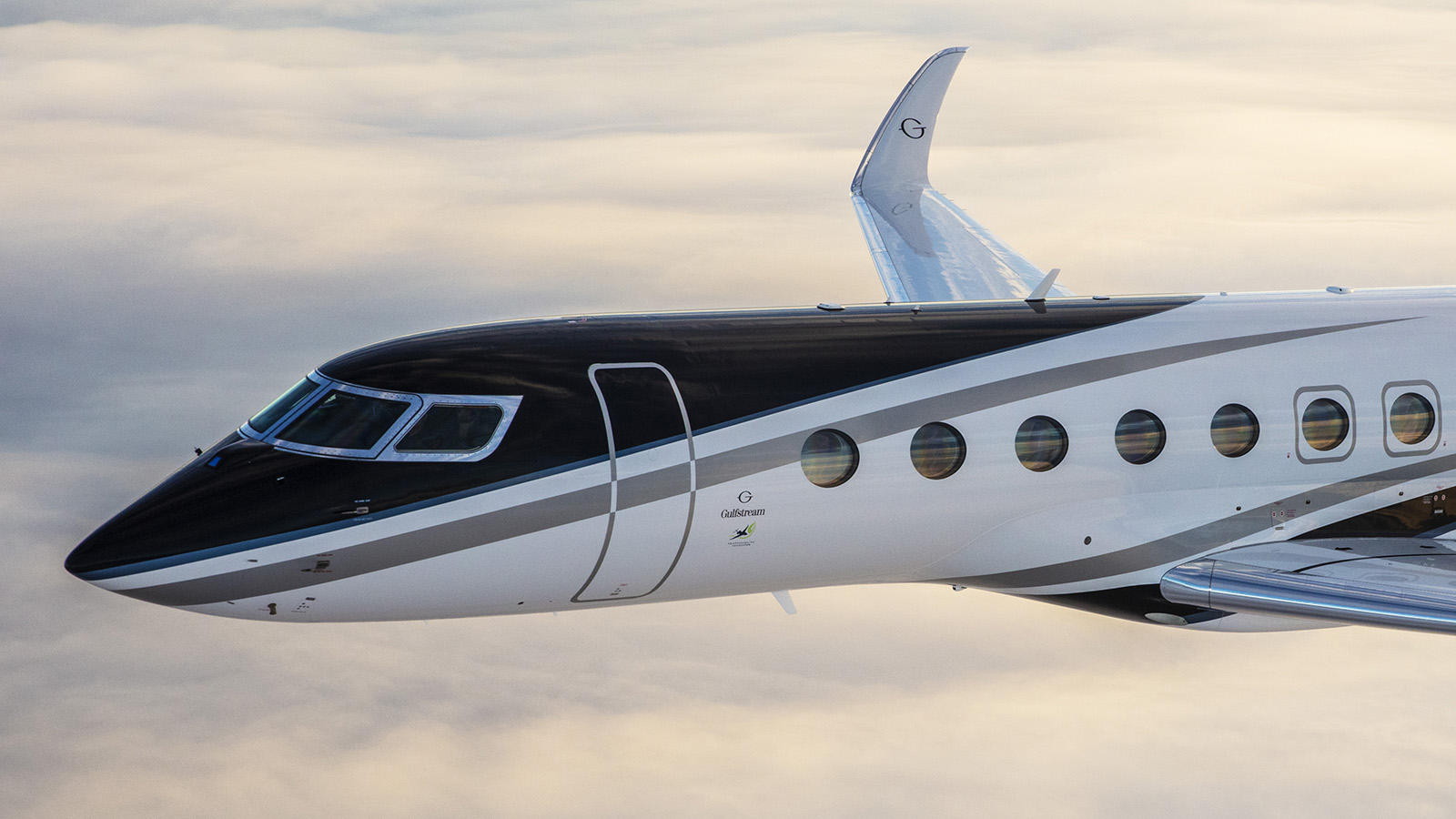Stay Up to Date
Submit your email address to receive the latest industry and Aerospace America news.
The General Aviation Technical Committee fosters research and development related to general aviation technologies and systems and serves as an advocate for general aviation awareness.
General aviation community activity surpassed pre-pandemic levels and made significant strides toward a sustainable future. In April, FAA released its annual report “Air Traffic by the Numbers.” The agency recorded 26.4 million general aviation flight hours for 2021, compared to the 25.6 million hours reported for 2019. There were 209,200 active general aviation aircraft across the U.S. in 2021, up from 204,100 in 2020. For 2022, the number of active pilot certificates increased by 5% to 756,927, and remote (or drone) pilot certificates increased by 19.5% to 304,256. At the end of 2022, there were 5,175 public use airports and 14,332 private use airports across the country. General aviation is defined as the manufacture and operation of any type of aircraft that has been issued an airworthiness certificate by FAA, other than aircraft used for scheduled commercial air service or operated by the military. This definition includes on-demand Federal Aviation Regulations Part 135 operations.
Advancements in sustainable propulsion continued to make inroads into the mainstream market. In July, Diamond Aircraft conducted the first flight of its all-electric eDA40 at its headquarters in Wiener Neustadt, Austria.
California-based ZeroAvia made the first flight of its Dornier 228 hydrogen-electric test aircraft in January and concluded the initial flight test campaign with the 10th flight in July. The Dornier 228 aircraft uses a hydrogen fuel cell power generation and electric propulsion system, resulting in zero carbon emissions.
In May, a Gulfstream G700 using a sustainable aviation fuel blend set a speed record, traveling from Savannah, Georgia, to Tokyo at Mach 0.89. This followed the late 2022 flight in which a Gulfstream G650 flew on 100% SAF — a first for the business-jet industry toward the goal to achieve net-zero carbon dioxide emissions by 2050. The SAF for the 2022 flight was a two-component mixture provided by World Energy of California, which derived the fuel from waste fat and plant oils, and Virent Inc. of Wisconsin, which used plant-based sugars to create synthesized aromatic kerosene.
Joby Aviation of California made progress toward receiving an FAA type certificate for its S4 air taxi, a four-passenger electric vertical takeoff and landing aircraft. Joby said in February that it had completed the second stage of certification, in which the company identified the ways it would meet the safety regulations identified in the first stage of certification. In July, Joby said it had submitted its stage three certification plan describing the analysis and testing needed to demonstrate compliance. In September, Joby announced the selection of Dayton, Ohio, as the site for its first aircraft production facility. Plans call for manufacturing up to 500 aircraft per year.
In July, Reliable Robotics Corp. of California received FAA approval of the certification plan for its continuous autopilot engagement system for automatic taxi, takeoff and landing operations. The company wants to install the flight control technology into Cessna Caravan 208s for cargo flights and eventually passenger flights. In the near term, plans call for flight tests, as outlined in the certification plan.
Stay Up to Date
Submit your email address to receive the latest industry and Aerospace America news.




